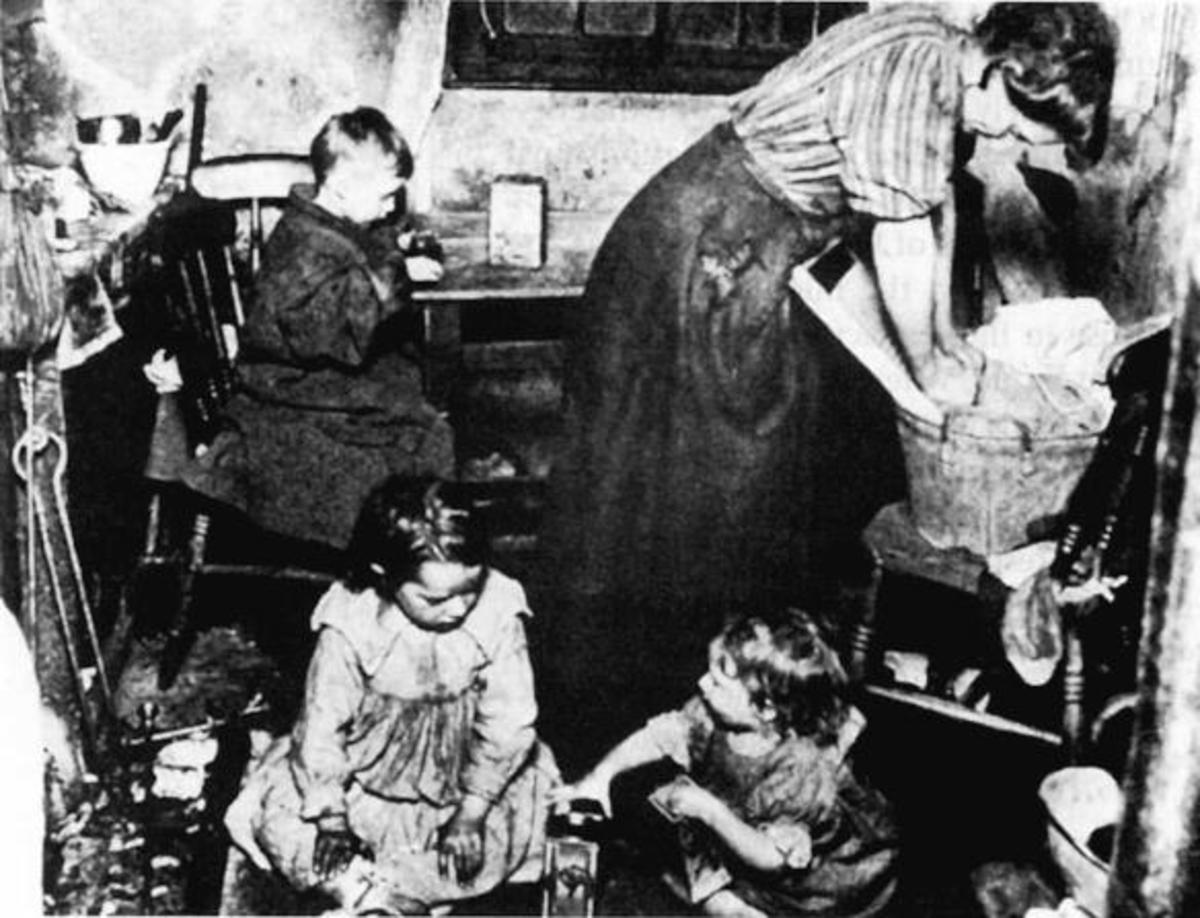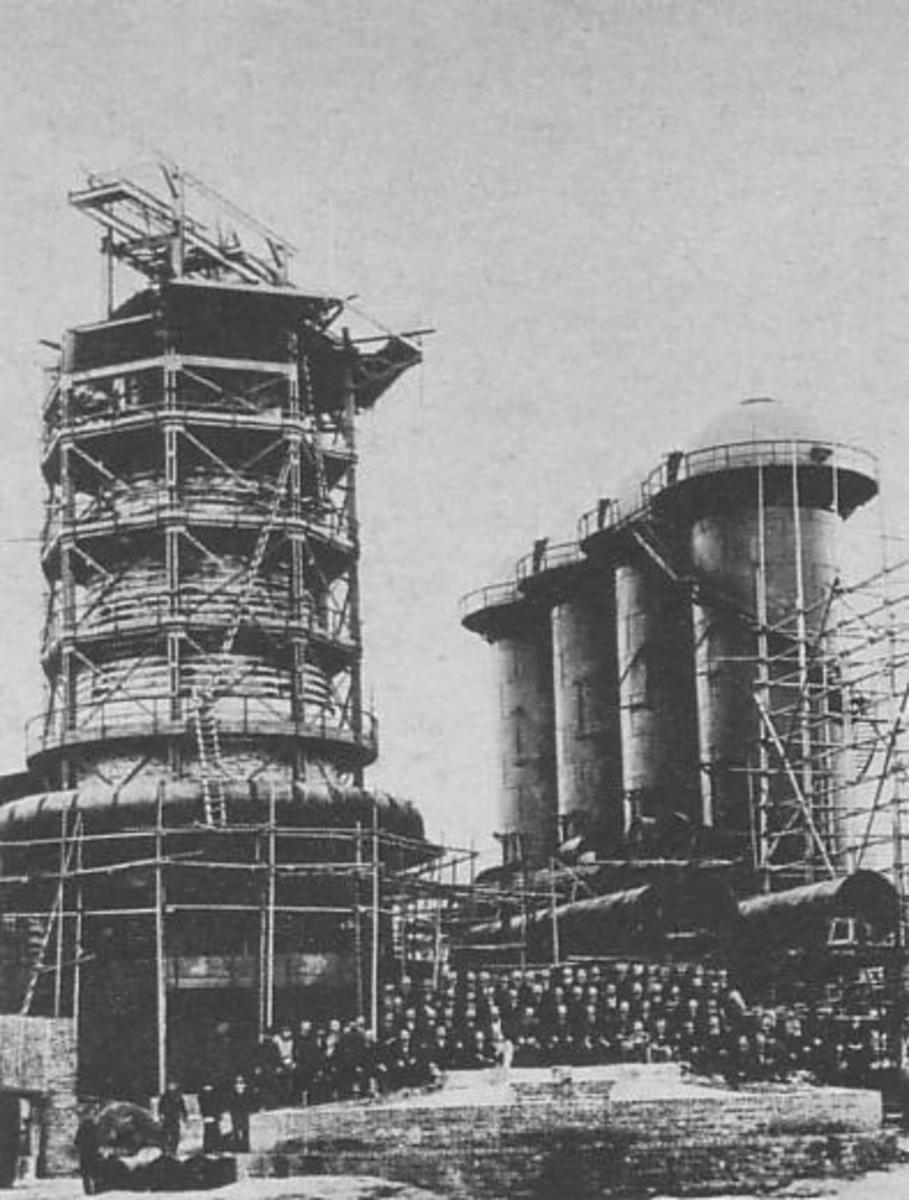The Labour Day
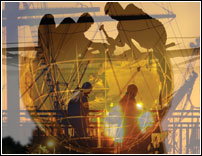
LABOUR Day is celebrated all over the world on May 1 to commemorate the social and economic achievements of the labour movement. The day has a historic background of struggle, efforts and achievements of the labour movement that took root in Europe and North America.
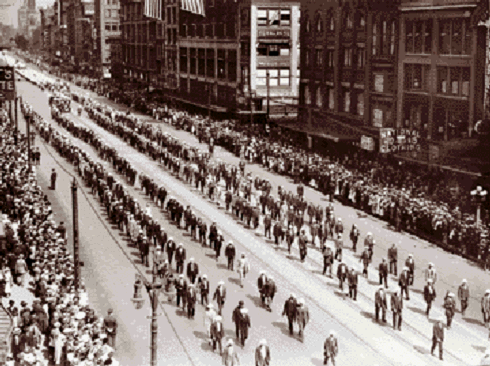
History
At the end of 19th century, the silent majority that toiled in factories and worked tirelessly to ensure that the privileged classes enjoyed the luxuries of the Industrial Revolution stood up and initiated a tradition that has outlived not only its initiators but perhaps its own basic premise too.
The shift from agriculture to industry sector saw mass migrations to cities from villages. The new technology brought with it a new work culture in terms of timings, wage structures and ethics. The new boom attracted millions of people; however, this transformation came at the cost of some securities previously enjoyed by the workers. Labourers found themselves over-worked and under-paid with appalling working conditions. The working hours ranged from 10 to 16 hours with just one day off.In 1810, demands were made to humanise working conditions. The famous slogan of ‘eight hours labour, eight hours recreation, eight hours rest' was coined to demand a better working schedule. This single demand became the basis of a globally celebrated holiday.One of the first cases for an eight-hour work period was pleaded by a Kiwi carpenter who succeeded in getting his conditions met simply because of the shortage of labour, --- others weren't so lucky. While Australian building workers had to call a two-week strike, 10,000 Canadian workers had to take to the streets and eight Americans had to endure death sentences to win their people the eight-hour working package.As soon as the workers had these demands met in different parts of the world they reached a consensus on commemorating these accomplishments by calling for a national holiday on May 1. Although in some parts of the world it is celebrated differently and on different dates, most states recognise the first day of May as the International Labour Day (ILD).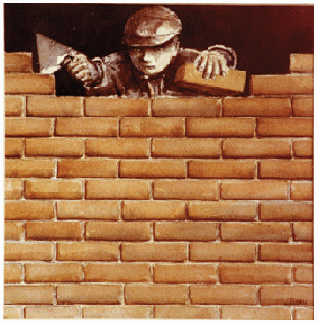
The Struggle
With the advent of the industrial revolution, a new oppressed working class emerged in the cities of Europe and North America. Most of them were labourers and craftsmen working in mills and factories. They worked for long hours, earned lower wages and had no facility available to them. The majority of them moved from the countryside to cities to earn a living. They were forced to lead an unhygienic and miserable life in the shanty towns of growing industrial cities.
In the United States, industrialists and corporations traditionally used racism to encourage competition between workers in order to drive down wages for the entire working class and weaken the labour movement. That is why when 10,000 Chinese immigrant workers in 1867 staged a strike demanding higher pay, shorter working hours, a ban on whipping and the right of workers to quit their jobs, no labour union came to their defence. Within few days the strike was crushed.
Immigrant workers, who came to this land of opportunity for a better future, provided another service for the US working class, long unacknowledged and broadly unappreciated. Earlier, in 1886, German immigrants incorporated the politics of Marxism into the struggle for the eight-hour working day, pressuring the labour movement from within to challenge the conservative US ideology.
The Federation of Organised Trades and Labour Unions started a movement, inspired by the success of labourers in Canada in 1872. They demanded an eight-hour workday that finally led them to the Chicago riots of May, 1886.
In 1886, activists of the International Working People's Association (IWPA) led the struggle for the eight-hour day and its ground troops were overwhelmingly immigrants. Forty-thousand workers went on strike for the eight-hour day in Chicago, including an altercation with the police on May 3 along with strikers at McCormick Harvester Works that killed four workers and injured many more. A rally was brought out the next day at Haymarket Square, in Chicago, Illinois to protest police brutality which attracted only 1,200, further reducing it to 300 when rain began to fall. As soon as the speeches were concluded, the police entered the square and ordered the rally to disperse.
As the speakers were leaving, a bomb exploded. Many policemen were killed and many others got injured. In response, the police opened fire, killing and wounding civilians and policemen.
Without any evidence, many activists were tried and convicted of "conspiracy to commit murder" and "inciting" violence. The struggle culminated in the trial and execution of four of the movement's leaders. After all the violent demonstrations and bloodshed the authorities were forced to sanction the demand of the eight-hour workday.
In Europe, the United States and Canada workmen unions were more active than other parts of the world to get their rights sanctioned by the officials. In most other places of the world, the resident working classes fought hard to make May Day an official government-recognised holiday.
The Soviet Union (USSR), where the socialist revolution founded a government in the name of farmers and labours, became the patron of the first May's celebration. In the time of the Soviet Union, Labour Day became a day of national celebrations.
Socialists in the other parts of the world and the labour-rights activists made May 1 as their focal point to mobilise and educate trade union workers. The day had been also utilised for socialist propaganda to "educate the working class and prepare them for the red revolution".
After the Second World War, the order changed. The Soviet Union and the United States emerged as the two super powers. The world virtually divided into two parts in terms of their policies and international relations. Many countries in Eastern Europe, Asia and Africa embraced Marxism to form their economic policies. In some other countries where communism had never been appreciated by the rulers, workers and farmers' organisations were enthusiastic about changing the economic structure of their countries. The threat of the Bolshevik revolution in their countries forced them to legislate reformations in labour laws.
The influence of the USSR forced the United Nations Organisation (UNO) to found the International Labour Organisation (ILO). The charter of the ILO reflects vividly the reformation regarding labour laws influenced by Bolshevik revolutionary forces. The movement of labour rights and better working conditions was recognised by the member countries of the UNO too.

